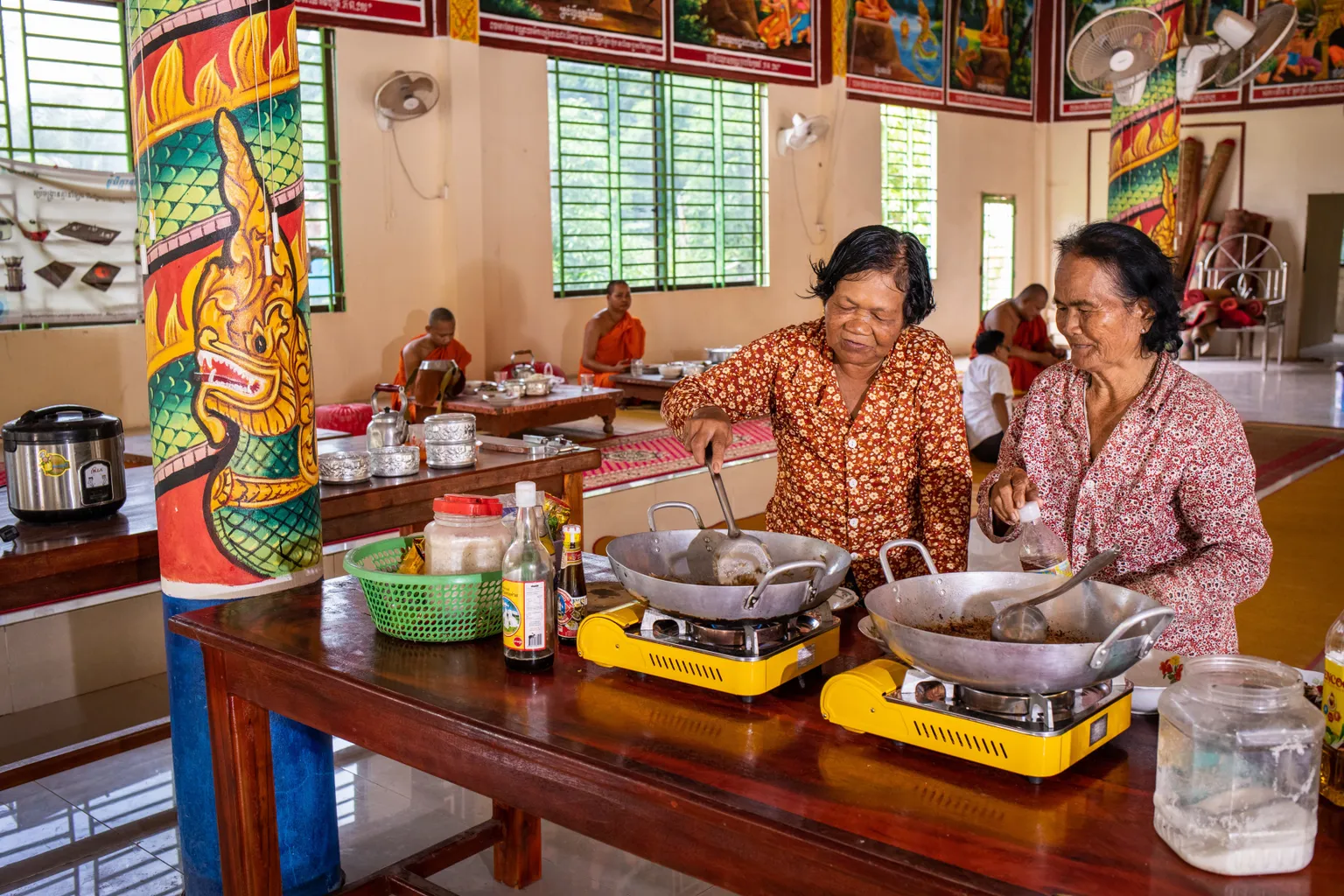Scaling success for a smokefree village
Transitioning from traditional biomass to clean cooking presents a complex challenge beyond adopting new technologies. It necessitates changes in social norms, individual behaviours, and governance structures.

The Smoke Free Village (SFV) approach, initiated in 2021, creates scalable solutions that pave the way for sustainable, community-led transformation. By combining behavioural change strategies, local leadership, and institutional support, the SFV initiative empowers entire villages to move away from polluting cooking fuels.
Unlike traditional methods focusing on household-level interventions, the SFV approach emphasises the importance of community-wide transitions. This paradigm shift fosters an environment where clean cooking is embraced as the norm rather than the exception. Through effective social behaviour change communication (SBCC), local government engagement, and mutual learning among villages, SFV cultivates a culture of clean cooking that transcends mere technology adoption, facilitating enduring cultural and practical advancements toward modern cooking practices.
In Cambodia, the SFV model was first trialled in 25 villages. Here, behaviour change initiatives combined with community meetings and strengthened supply chains led to remarkable adoption of clean cookstoves. The initial achievements built significant momentum, and by 2024, the program had extended its reach to nearly 500 villages, engaging 3,000 active participants and impacting approximately 430,000 end users. The expansion was driven by local leadership, where seasoned villages took on mentorship roles, fostering a culture of sharing knowledge and resources. Importantly, this market-oriented approach—funded by donors, local government investments, and conscious non-reliance on subsidies—supported sustainable growth in clean cooking adoption.
While scaling up was essential, the SFV program was equally committed to “scaling down” in communities that had already met their goals. This proactive strategy ensured that communities maintained their dedication to clean cooking over the long term. Integrating the promotion of clean cooking into local governance structures, engaging regional authorities in progress tracking, and continuously refining SBCC strategies were vital components of this effort. Additionally, the program fostered institutional partnerships with schools, health centres, and local organisations, reinforcing the community’s commitment to clean cooking.
A well-structured exit strategy was integral to the program’s design, ensuring that communities could sustain their commitment autonomously. By empowering local institutions and community leaders to oversee promotion, monitoring, and problem-solving, the program laid a foundation for enduring success. Public recognition of exemplary smoke-free villages generated social incentives to maintain progress. A key element was mobilising community funds to support ongoing grassroots initiatives.
The sustainability of the SFV model hinges on its evolution into a self-sustaining movement. By transferring ownership to community members and embedding clean cooking principles into local policies and practices, SFV effectively fosters a permanent transition away from polluting fuels. The successful implementation in Cambodia has sparked interest in adopting similar models in other countries, illustrating the sustainability of the approach across diverse cultural and economic landscapes. As it expands, SFV emerges as a foundational model for the global clean cooking revolution. Concurrently, innovative strategies are being crafted to engage underserved communities and implement intelligent, focused subsidies to help propel this transformation to completion.